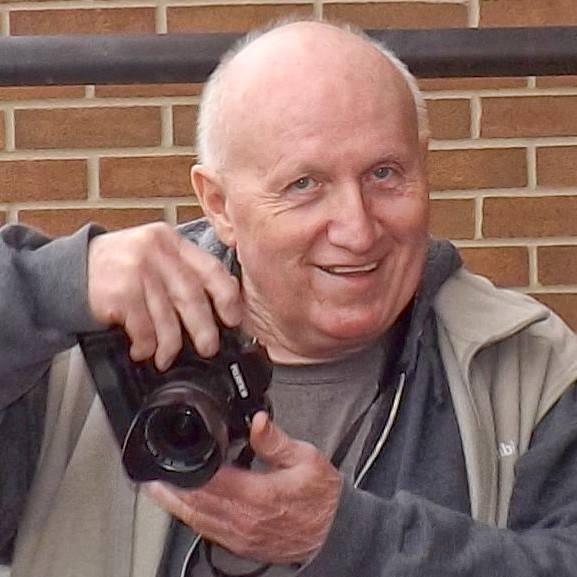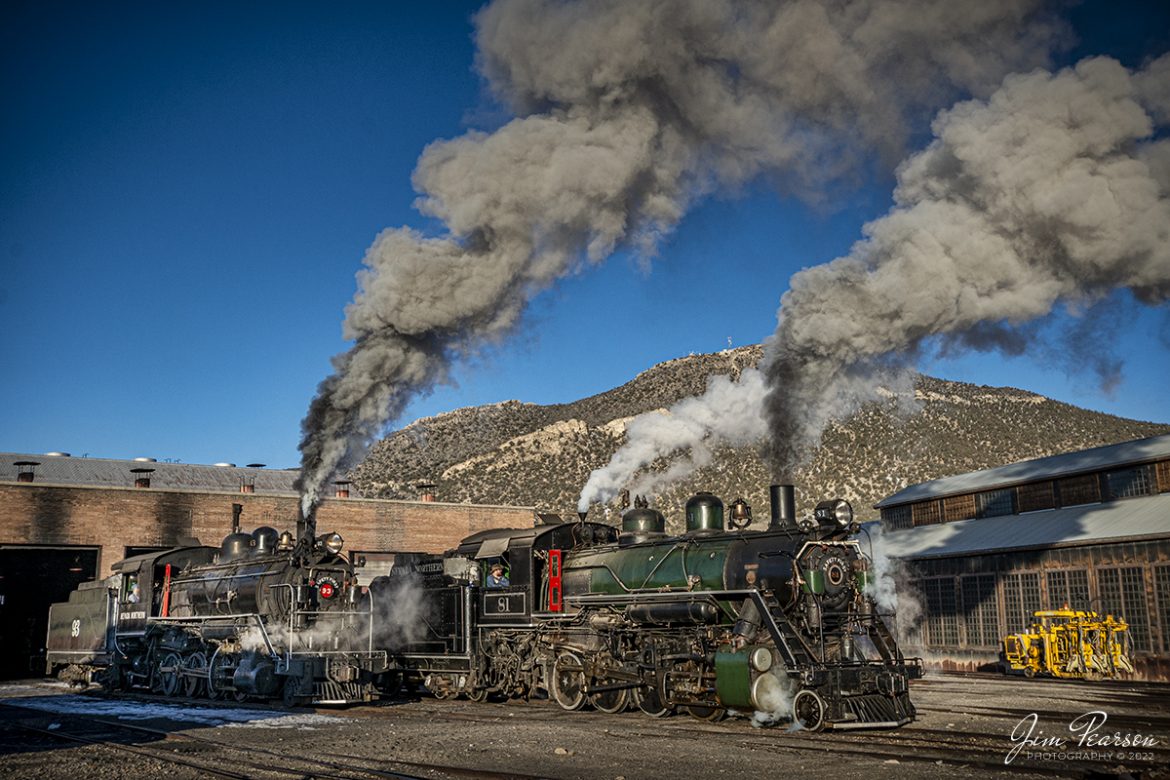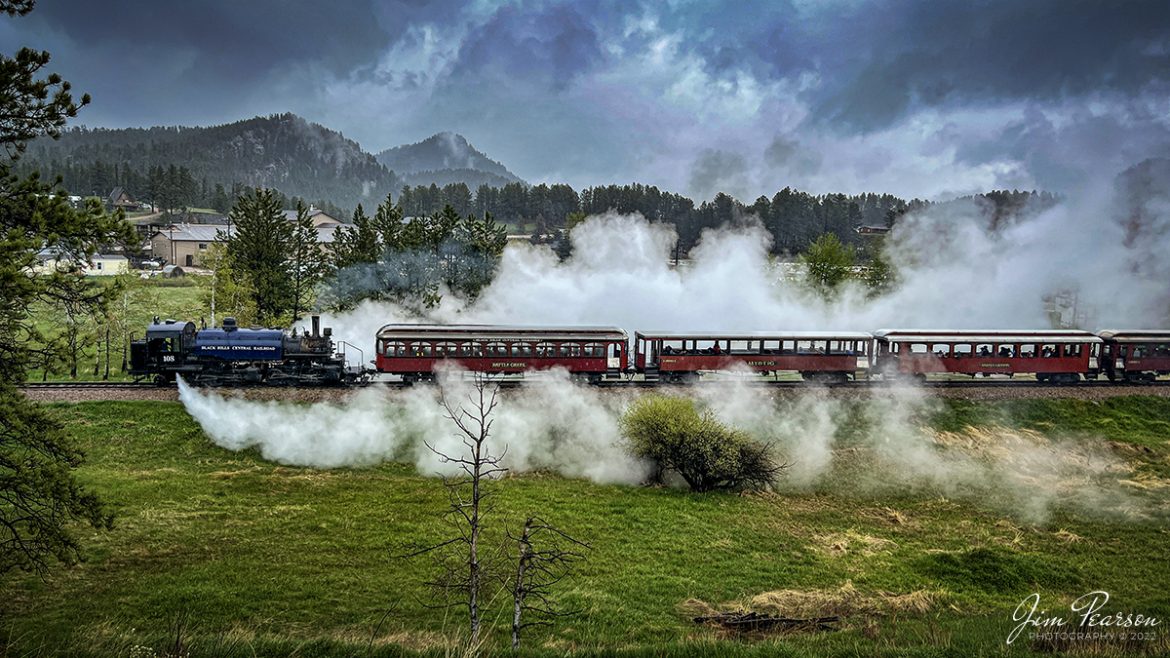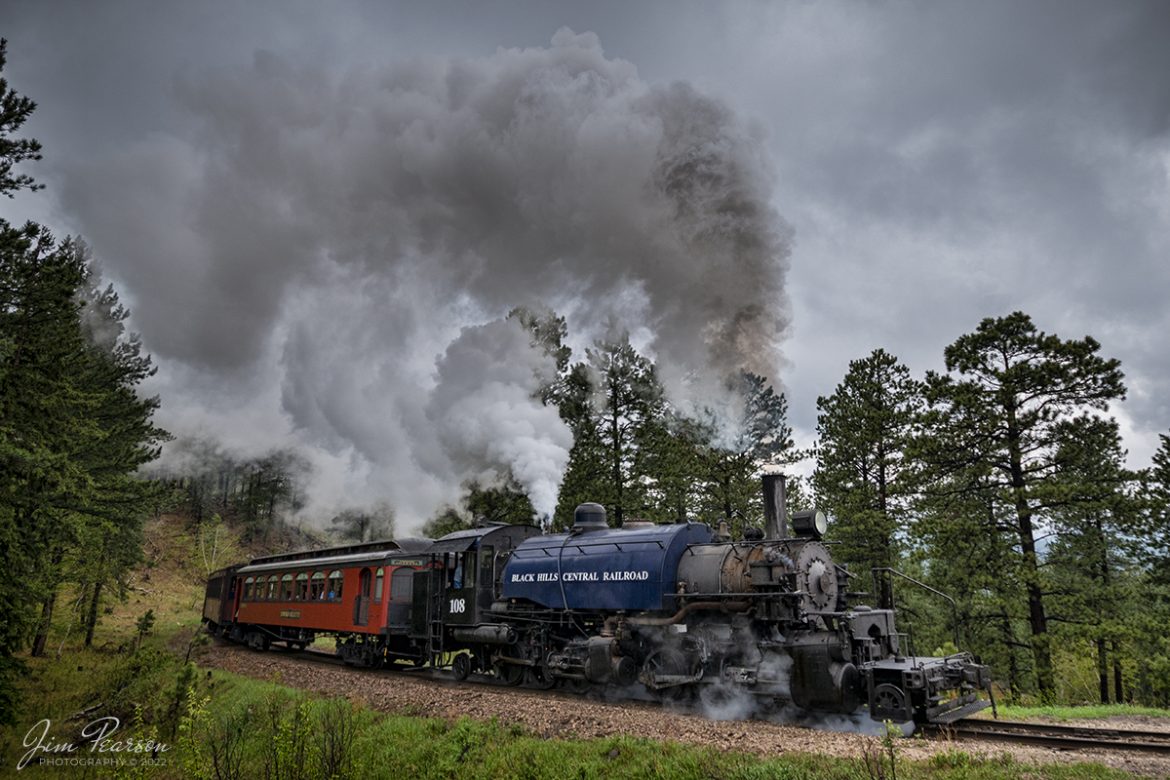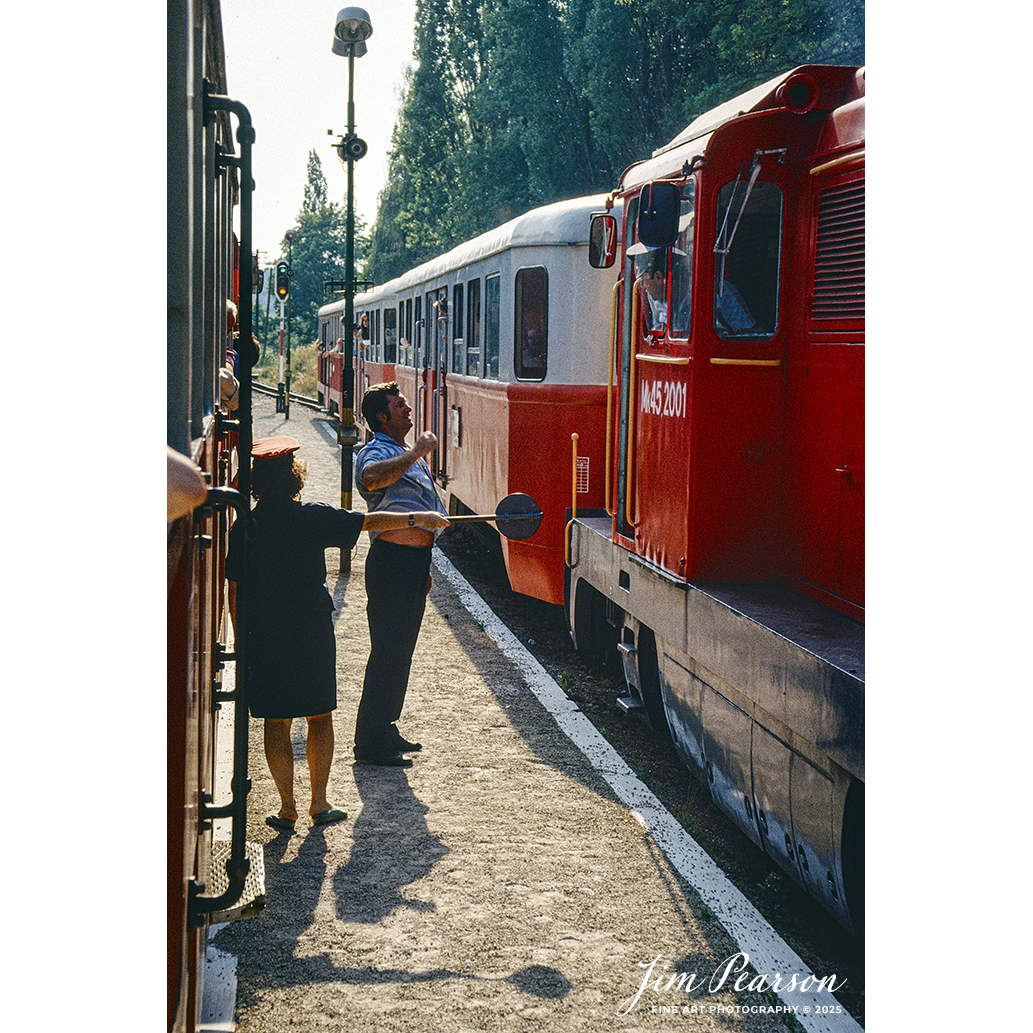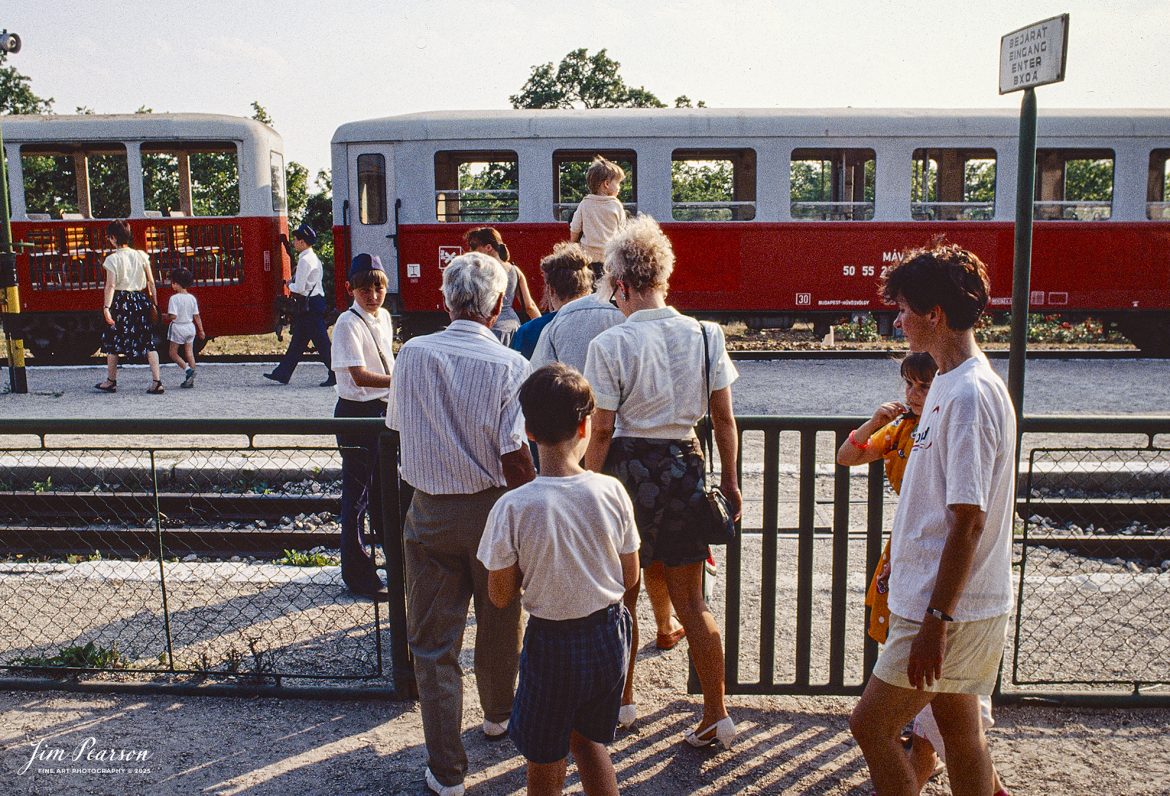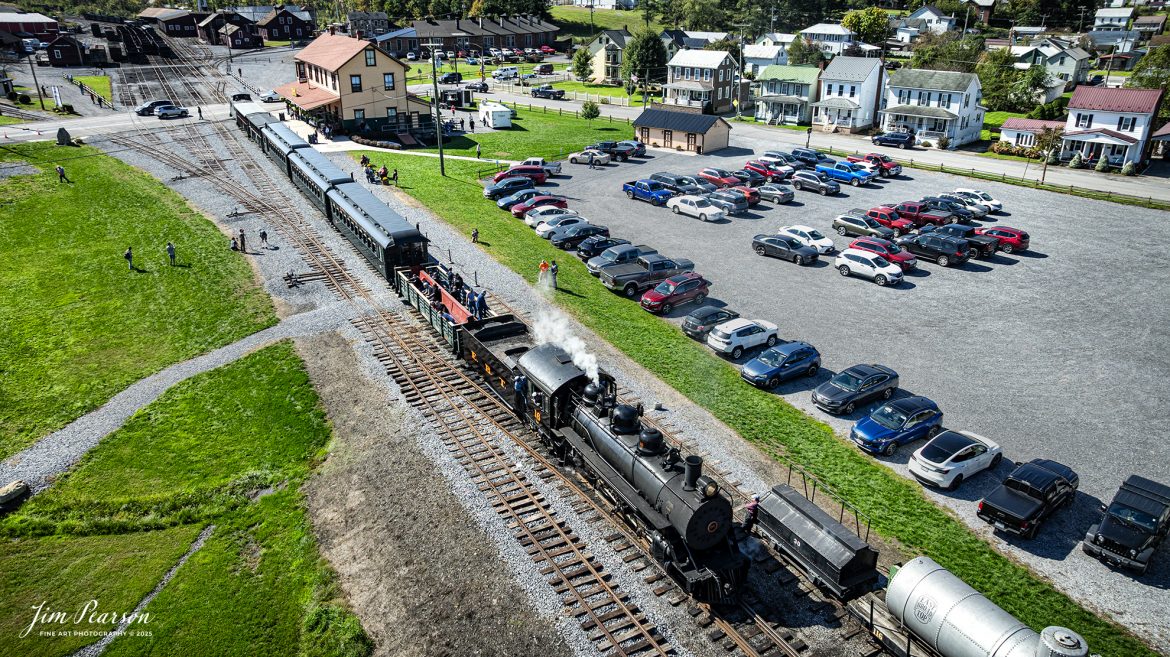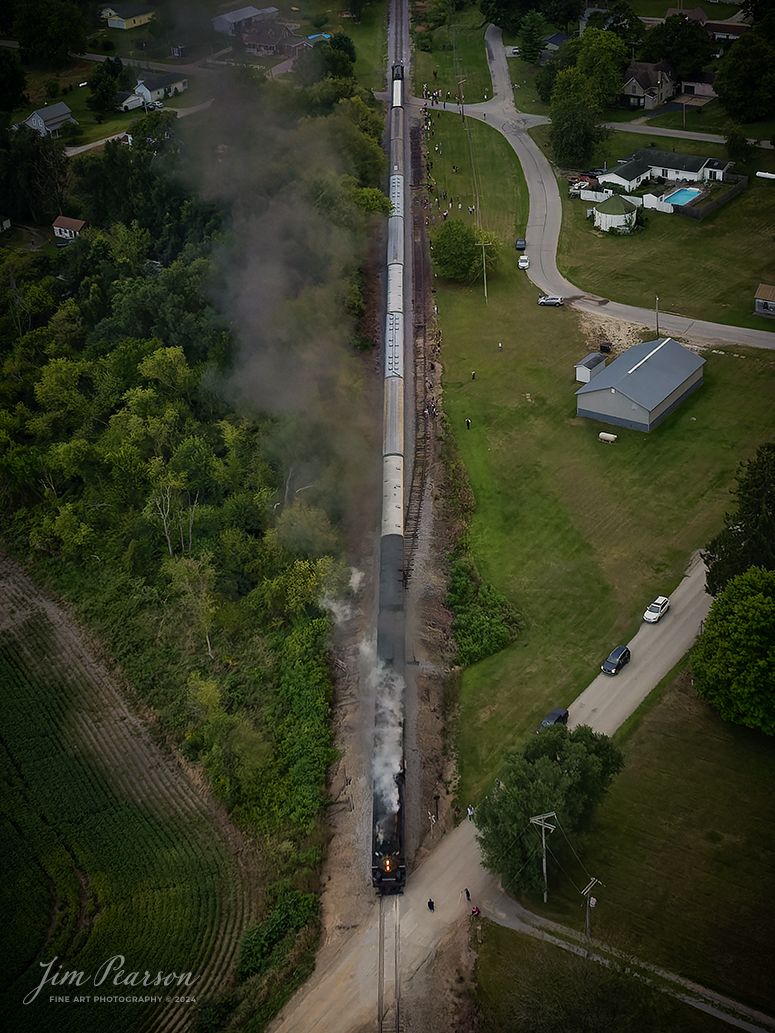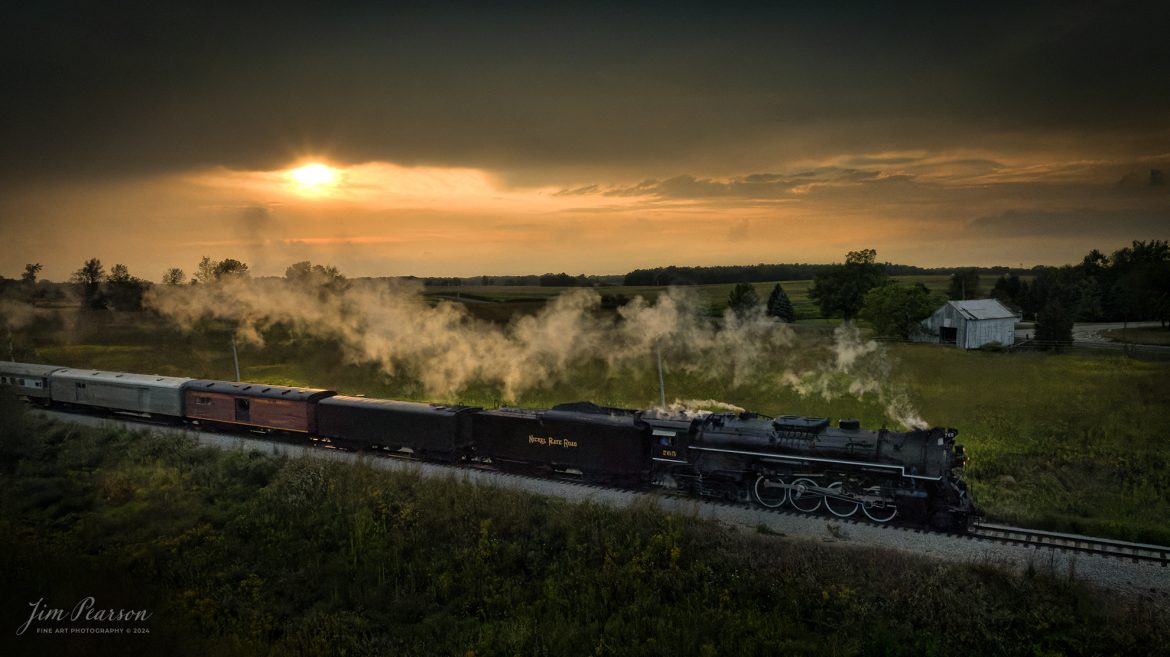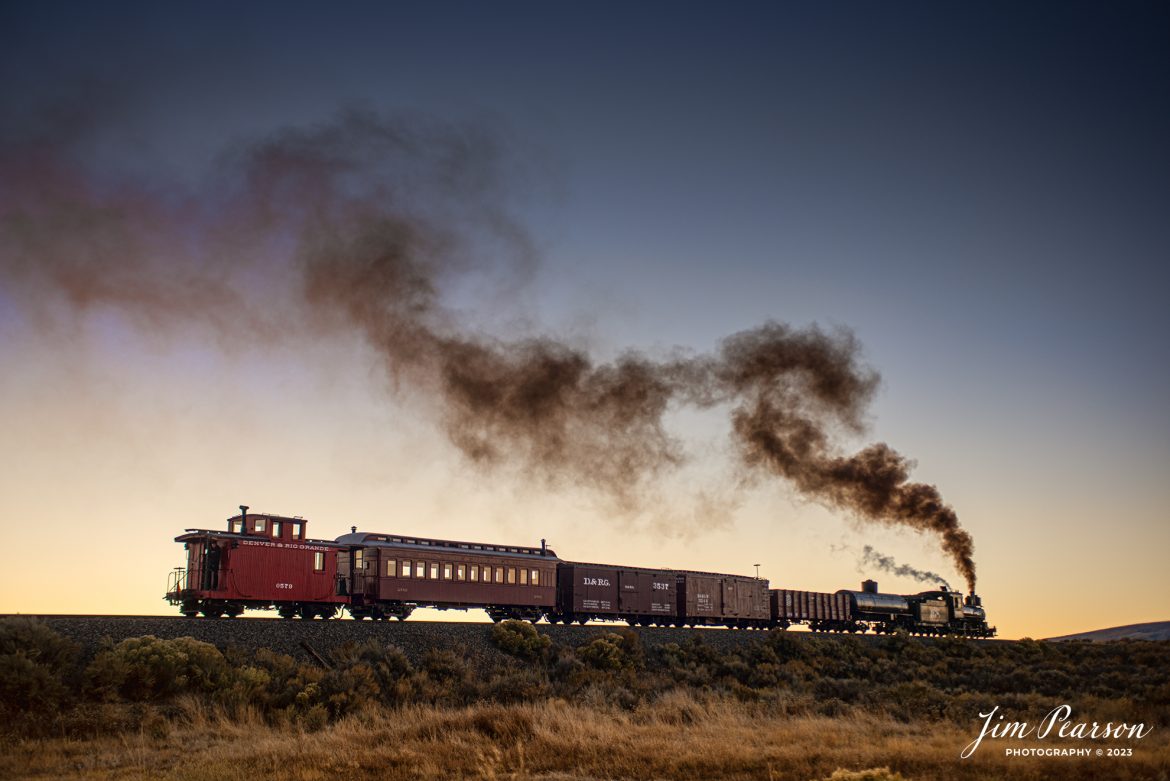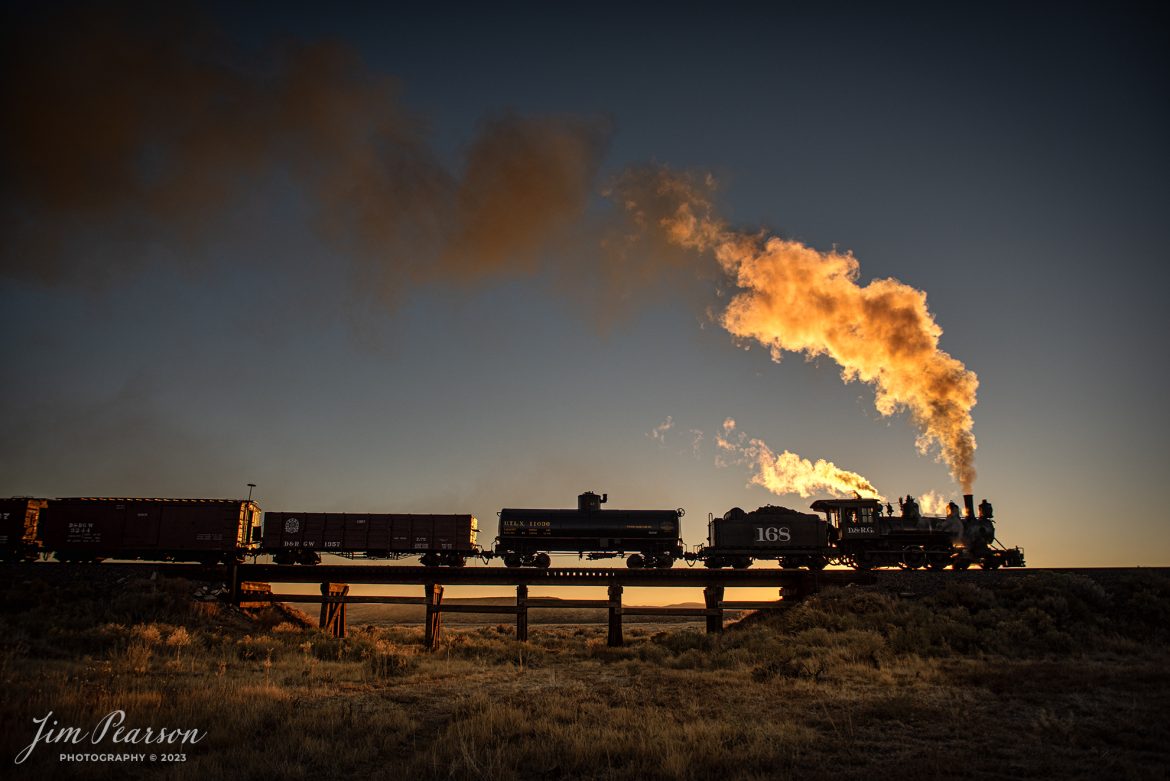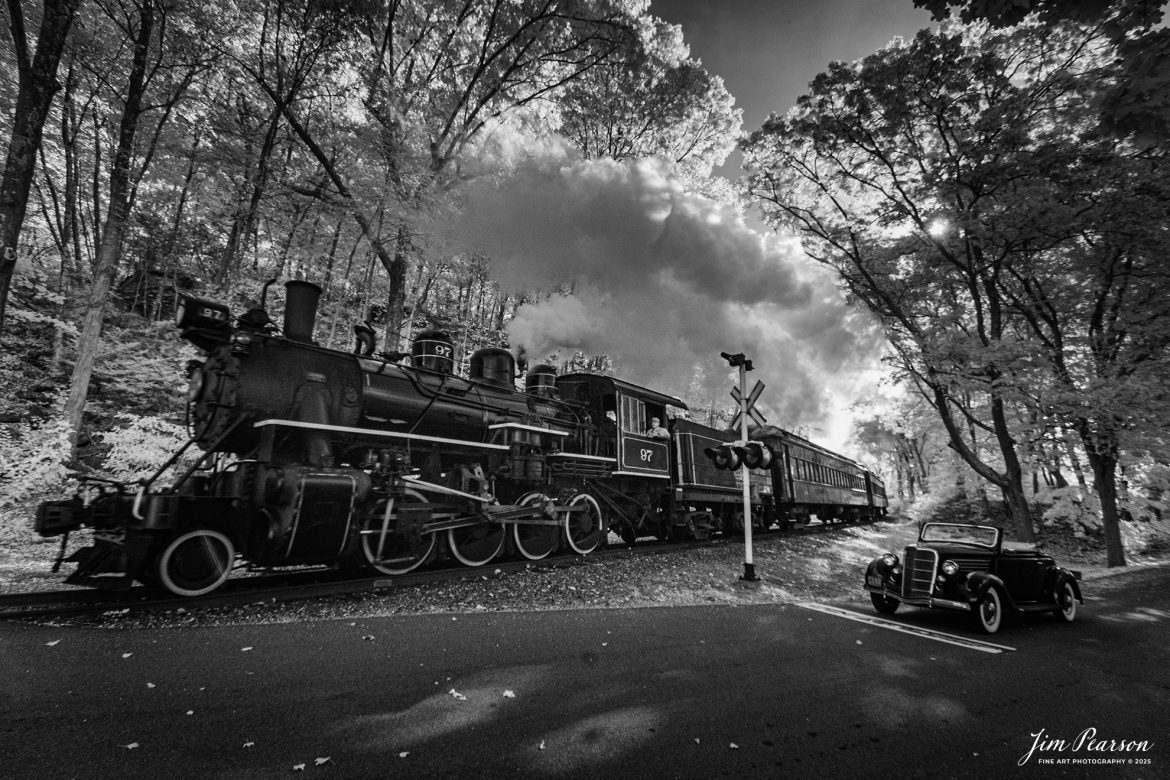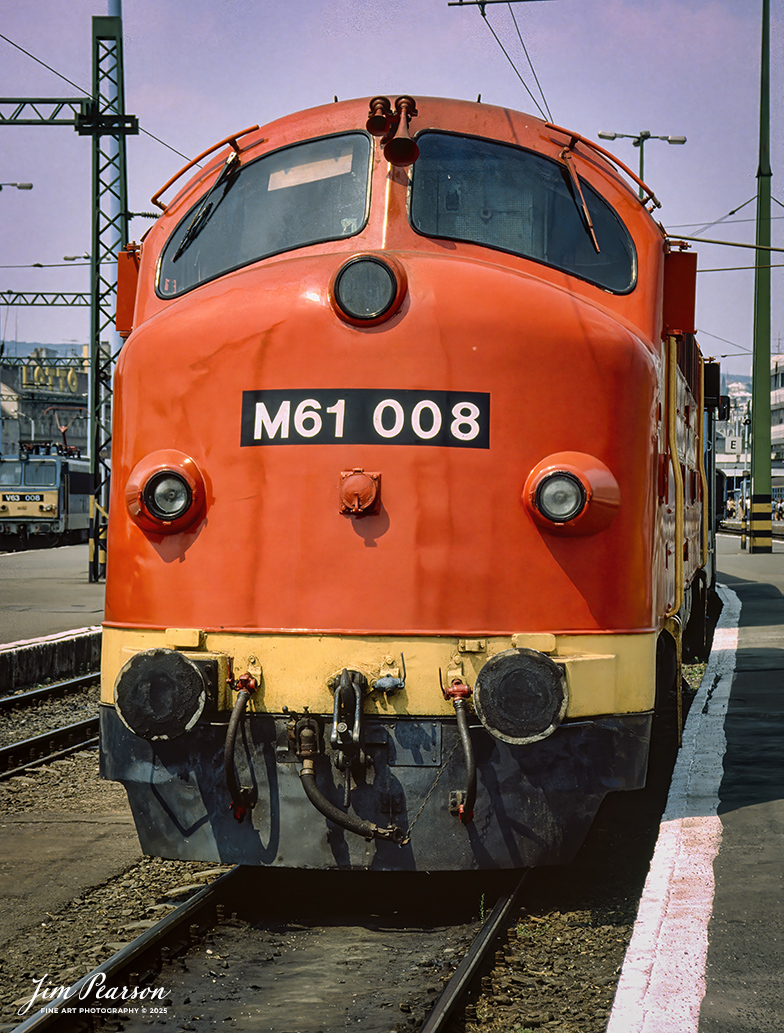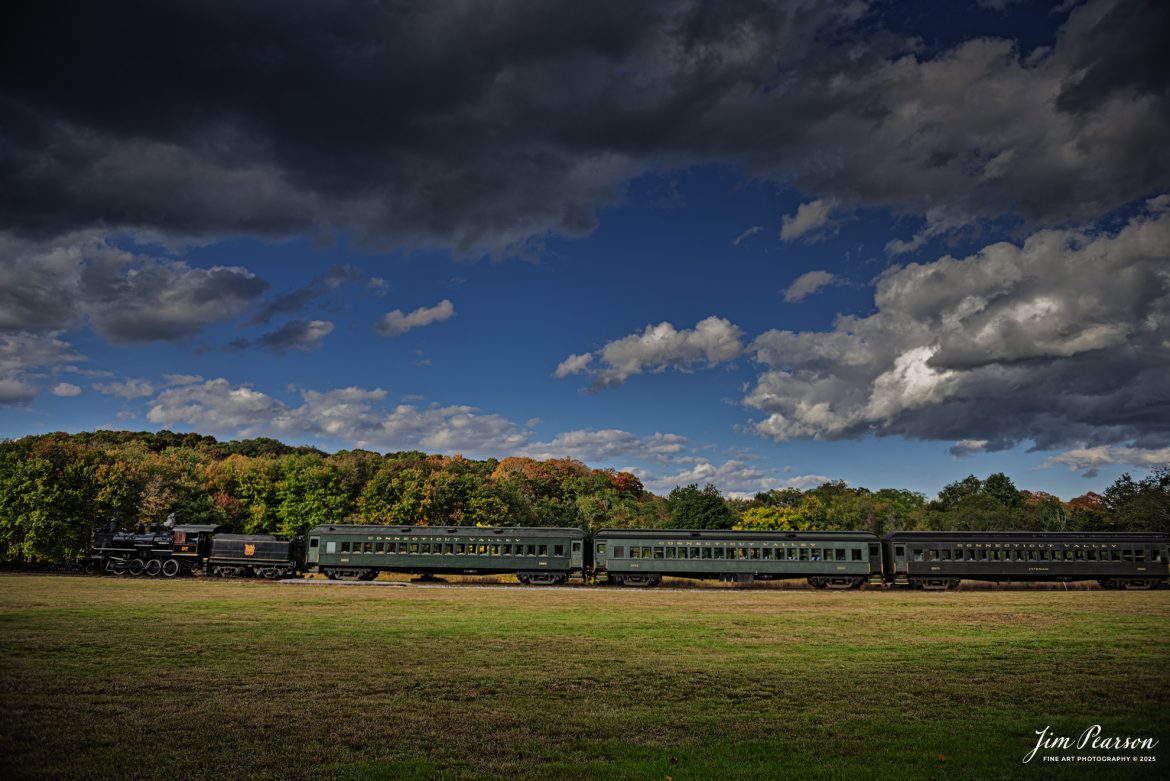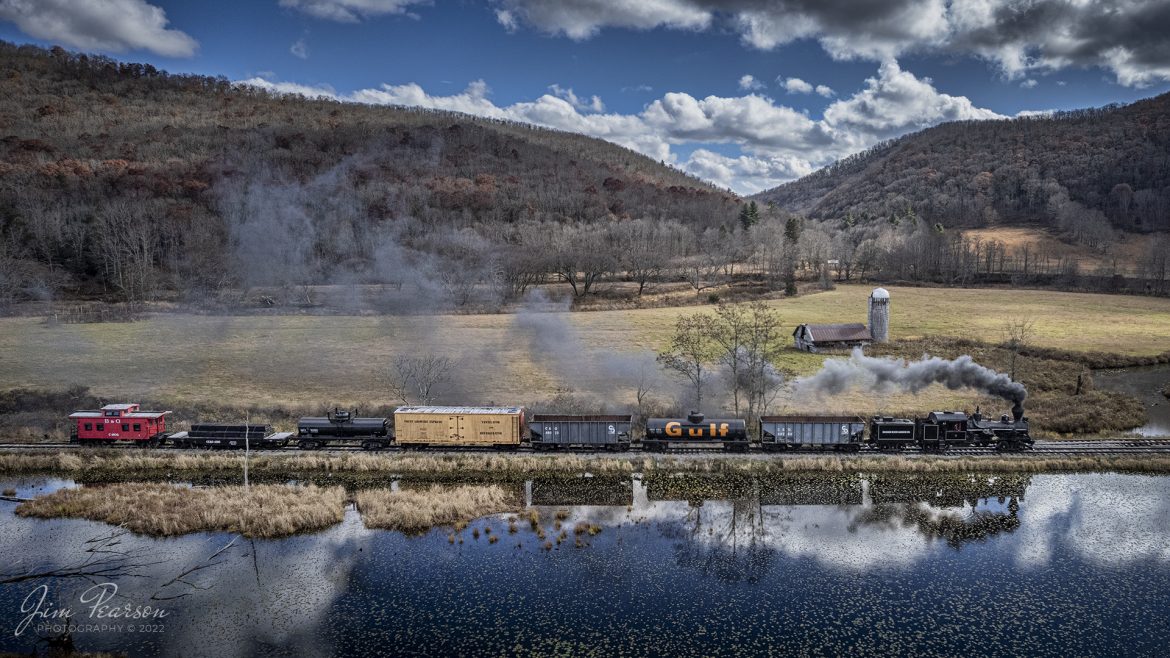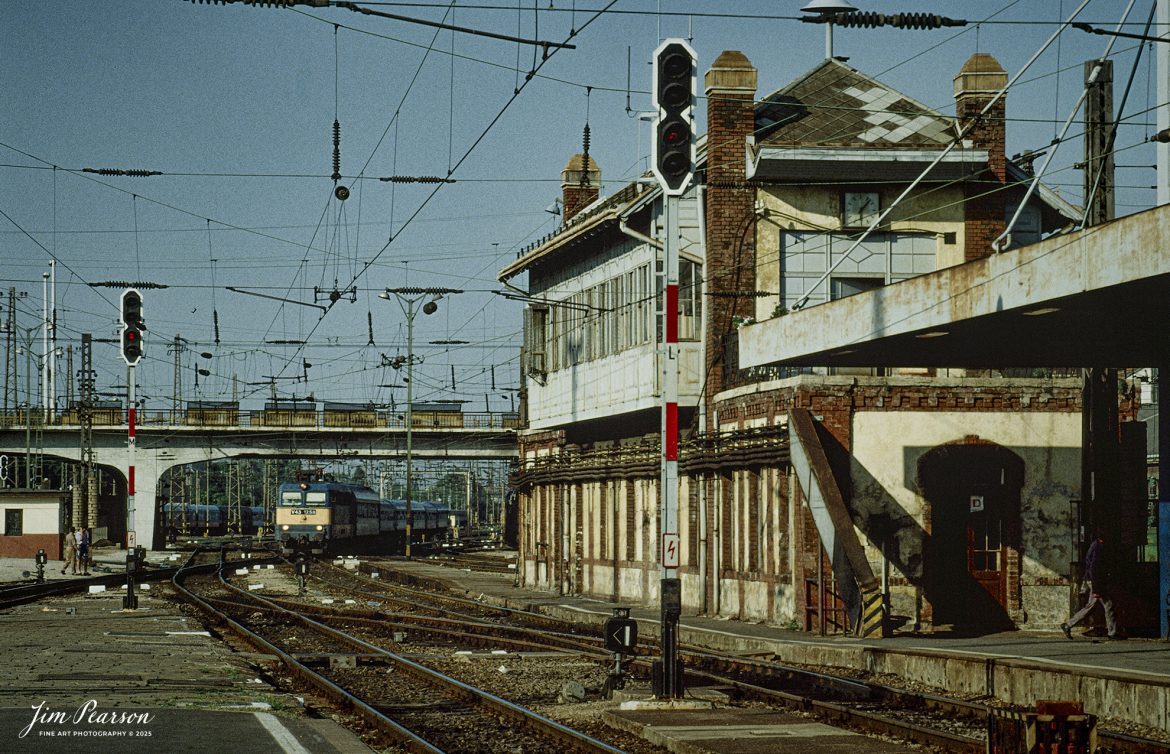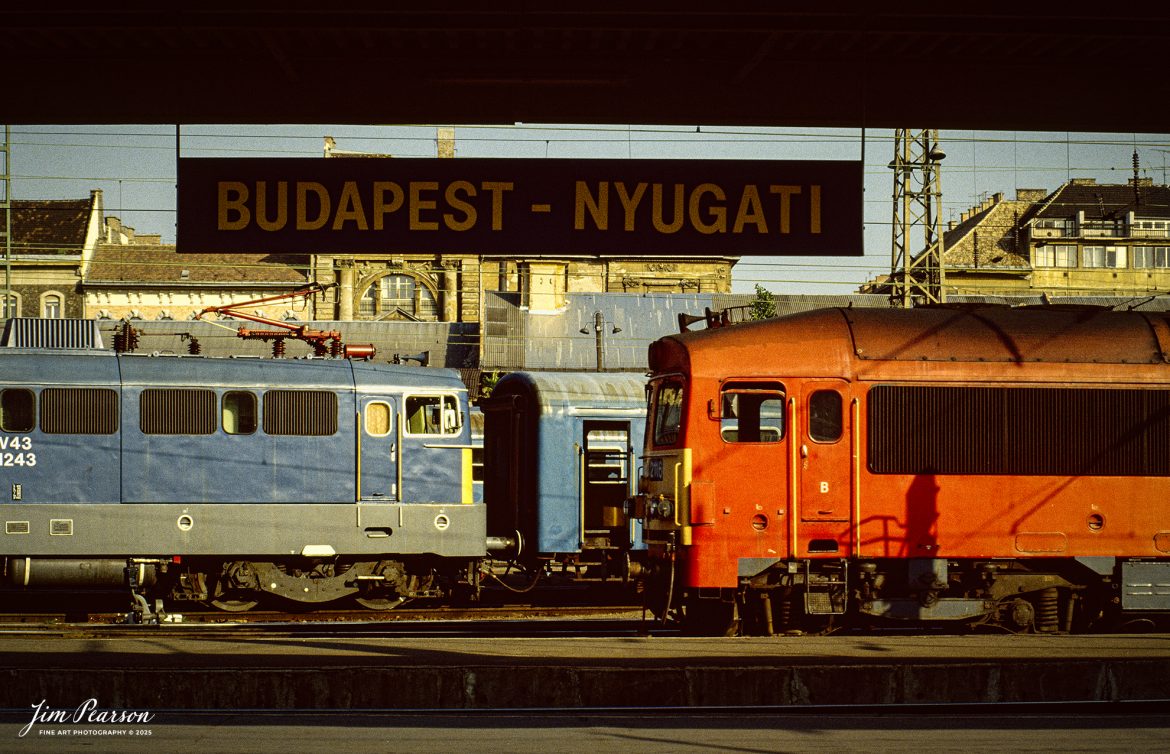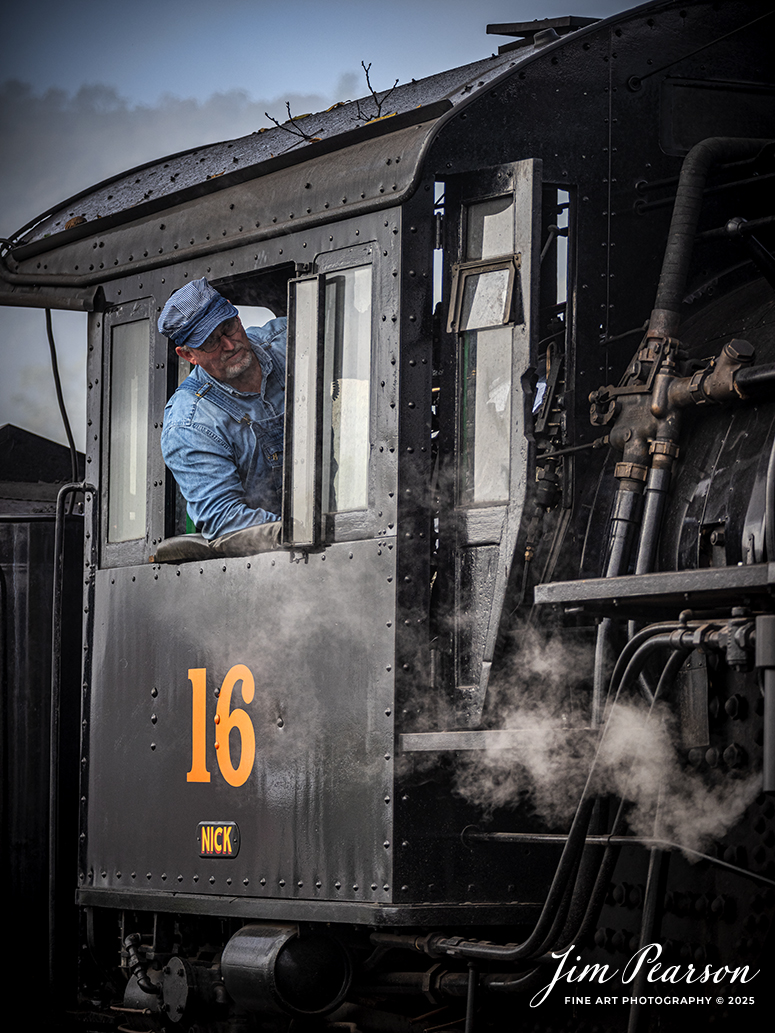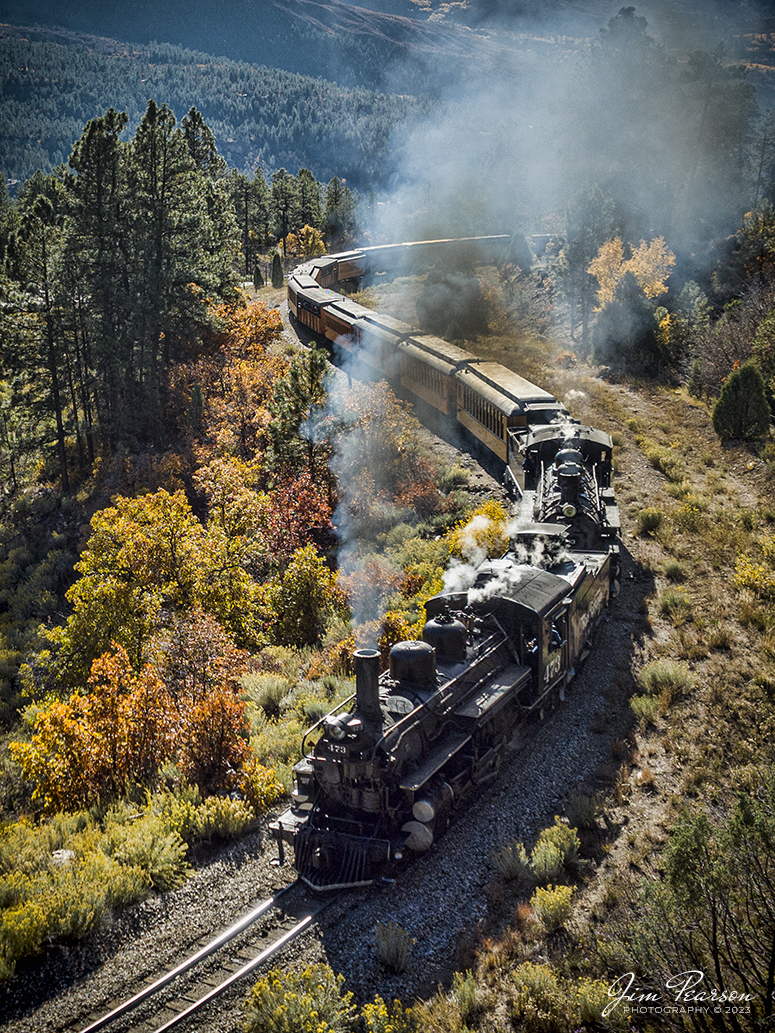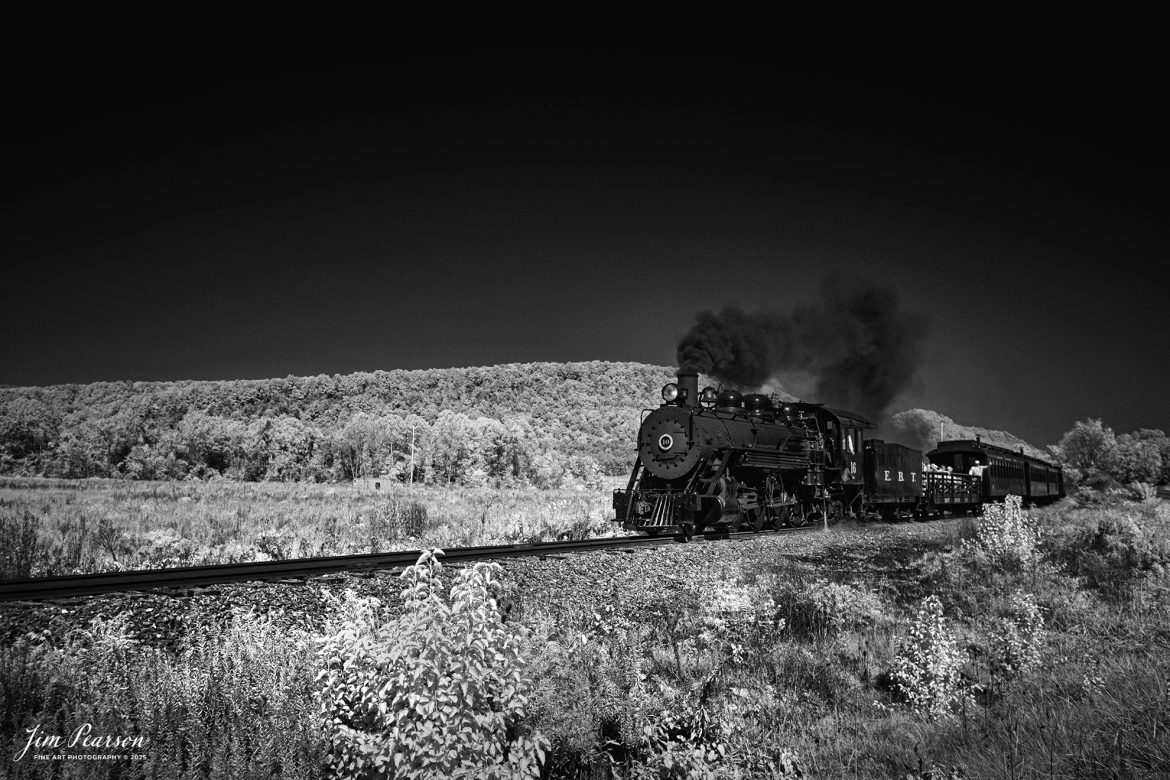Early morning golden light rakes across the engine house as Nevada Northern Railway steam locomotives 93 and 81 pull out into the frigid air at Ely, Nevada, during the museums 2022 Winter Photo Charter event on February 12th, 2022.
According to Wikipedia: The Nevada Northern Railway Museum is a railroad museum and heritage railroad located in Ely, Nevada and operated by a historic foundation dedicated to the preservation of the Nevada Northern Railway.
The museum is situated at the East Ely Yards, which are part of the Nevada Northern Railway. The site is listed on the United States National Register of Historic Places as the Nevada Northern Railway East Ely Yards and Shops and is also known as the “Nevada Northern Railway Complex”. The rail yards were designated a National Historic Landmark District on September 27, 2006. The site was cited as one of the best-preserved early 20th-century railroad yards in the nation, and a key component in the growth of the region’s copper mining industry. Developed in the first decade of the 20th century, it served passengers and freight until 1983, when the Kennecott Copper Company, its then-owner, donated the yard to a local non-profit for preservation. The property came complete with all the company records of the Nevada Northern from its inception.”
According to the NNRY website, #93 is a 2-8-0 that was built by the American Locomotive Company in January of 1909 at a cost of $17,610. It was the last steam locomotive to retire from original revenue service on the Nevada Northern Railway in 1961 and was restored back into service in 1993.
Locomotive #81 is a “Consolidation” type (2-8-0) steam locomotive that was built for the Nevada Northern in 1917 by the Baldwin Locomotive Works in Philadelphia, PA, at a cost of $23,700. It was built for Mixed service to haul both freight and passenger trains on the Nevada Northern railway.
Tech Info: Nikon D800, RAW, Sigma 24-70 @ 24mm, f/8.1, 1/800, ISO 320.
